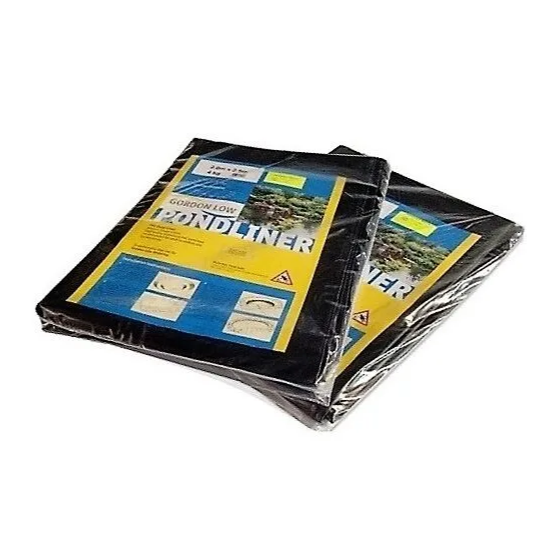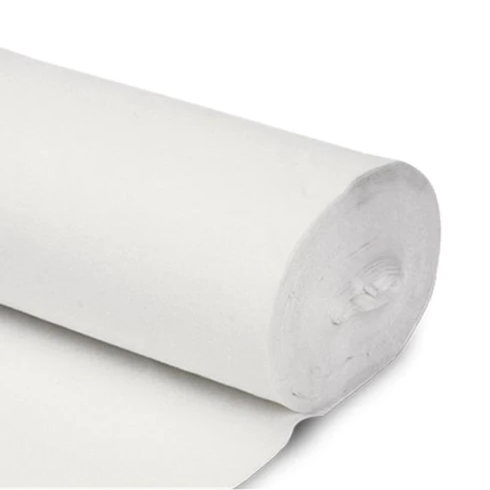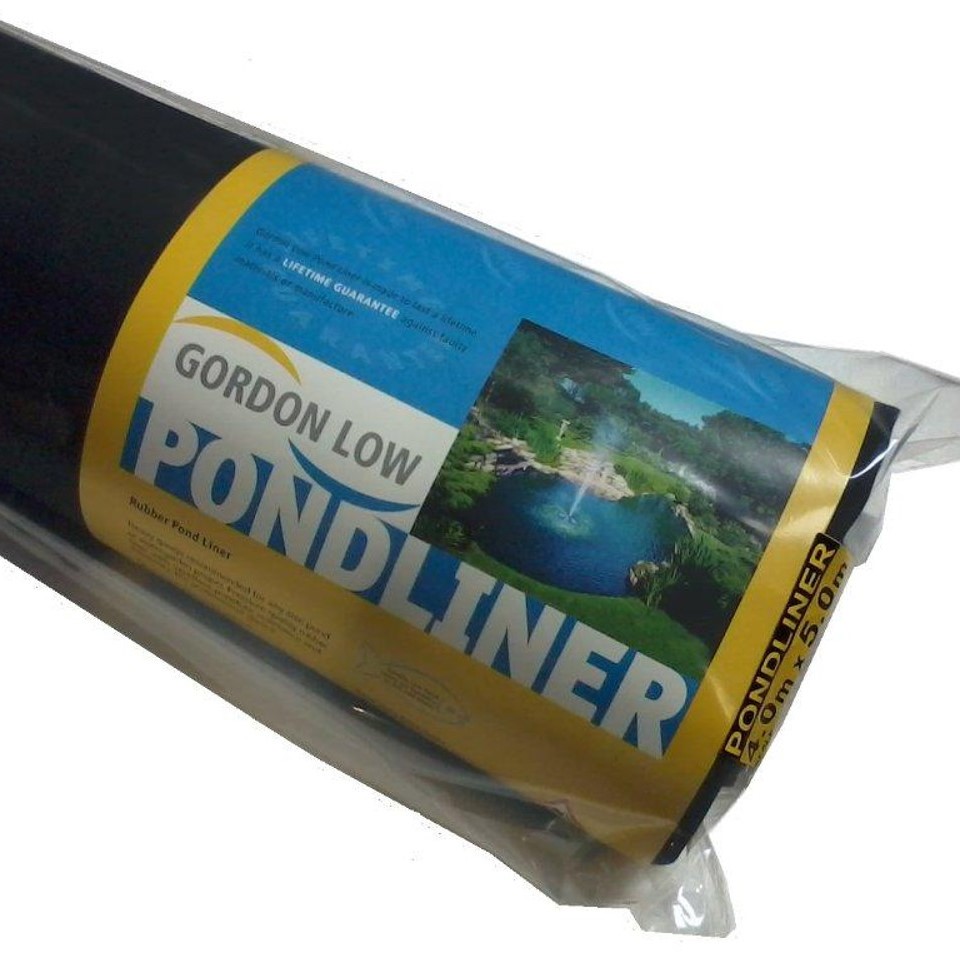Pond Liners: PVC, EPDM, and Underlay – Frequently Asked Questions
Below are frequently asked questions to help you understand the importance, functionality, and benefits of different types of pond liners, including PVC, EPDM, and underlay.
1. What are pond liners, and why are they important for ponds?
Pond liners are impermeable membranes used to create a watertight barrier in ponds, preventing water from seeping into the surrounding soil. They are essential for maintaining water levels, preventing leaks, and creating a stable environment for aquatic life and plants.
2. What are the key types of pond liners available?
- PVC Liners: PVC (polyvinyl chloride) liners are durable, flexible, and affordable options for pond construction. They are easy to install and come in a variety of sizes and thicknesses to suit different pond sizes and budgets.
- EPDM Liners: EPDM (ethylene propylene diene monomer) liners are highly durable and resistant to UV radiation, punctures, and weathering. They are flexible and conform to the shape of the pond, making them ideal for irregularly shaped ponds or those with rocky bottoms.
- Underlay: Underlay is a protective layer placed beneath the pond liner to cushion and protect it from punctures and abrasions caused by rocks, roots, or debris. It enhances the longevity of the liner and provides additional support for the pond ecosystem.
3. What are the benefits of using PVC pond liners?
- Affordability: PVC liners are generally more affordable than other options, making them a budget-friendly choice for pond construction projects.
- Flexibility: PVC liners are flexible and easy to manipulate, allowing for easy installation in ponds of various shapes and sizes.
- Resistance: PVC liners are resistant to UV radiation, chemicals, and punctures, ensuring long-term durability and performance.
4. What are the benefits of using EPDM pond liners?
- Durability: EPDM liners are exceptionally durable and resistant to weathering, making them suitable for long-term pond construction projects.
- Flexibility: EPDM liners are highly flexible and conform to the shape of the pond, providing a seamless and watertight barrier.
- UV Resistance: EPDM liners have excellent UV resistance, ensuring they maintain their integrity and performance even under prolonged exposure to sunlight.
5. Why is underlay important for pond liners?
Underlay serves as a protective layer beneath the pond liner, cushioning it against sharp objects, roots, and debris that could puncture or damage the liner. It enhances the longevity of the liner and provides additional support for the pond ecosystem.
6. How do I choose the right pond liner for my pond?
When selecting a pond liner, consider factors such as the size and shape of your pond, your budget, and the desired longevity of the liner. PVC liners are suitable for cost-conscious projects, while EPDM liners offer superior durability and longevity.
7. How do I install pond liners and underlay?
Installation of pond liners involves preparing the pond site, laying down the underlay, and carefully positioning and securing the liner in place. The underlay should be smooth and free of wrinkles or folds to prevent damage to the liner. It’s essential to follow the manufacturer’s instructions and recommendations for proper installation techniques.
If you have further questions or need assistance selecting the right pond liner for your project, feel free to contact us.








